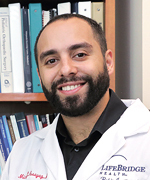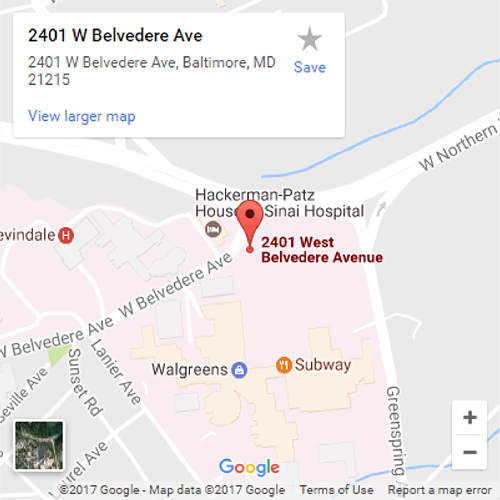Osteochondroma
What is an osteochondroma?
An osteochondroma is a benign (non-cancer) bone tumor that grows on the surface of a bone. These bony tumors, which can also be called exostoses, are made of bone with a “cap” of growing cartilage. They may be an overgrowth of cartilage that buds from the growth plates. Areas most affected are near the growth plates of the humerus (upper arm bone), ulna/radius (lower arm bones), femur (thigh bone) and tibia (shin bone); growth plates are responsible for children’s arms and legs getting longer as they mature. Solitary osteochondromas are often found at the end of long bones where they meet to form joints, such as the knee, hip, and shoulder. Osteochondromas typically stop growing when a child reaches skeletal maturity, 15 to 18 years old. If a patient has multiple osteochondromas, they have a condition called multiple hereditary exostosis (MHE); please see the MHE condition page for more details.
Most osteochondromas are painless bumps that can be felt under the skin and do not cause any symptoms. If a patient experiences pain, it can be caused by local trauma, such as a tendon rubbing over the osteochondroma and causing tendonitis. Sometimes, however, osteochondromas can cause bone deformities that can worsen over time. These deformities may cause pain, may restrict a patient’s joint motion, and may cause nerve compression. Osteochondromas can interfere with the growth of the affected arm or leg which leads to a limb length discrepancy (one leg or arm shorter than the other).
How are osteochondromas treated?
If you do not have any symptoms, your doctor may choose to monitor the osteochondroma for size changes and effects on the surrounding tissues. This monitoring can be done through an exam and X-rays. Surgical removal (excision) of the osteochondroma may be recommended if the osteochondroma is causing pain, pressure on nearby nerves, or has a very large cartilage cap.
If the osteochondroma has already caused a bone deformity, where the bone has grown crooked, the bone can be cut, (osteotomy), and then slowly straightened with an external fixator. For more information on the bone deformity correction process, click here.
If the osteochondroma has already caused a limb length discrepancy, (one leg or arm shorter than the other), treatment options include:
- Lengthening the short limb with external fixation to lengthen the short limb;
- Lengthening the short limb with an internal device, such as a Precice internal lengthening nail;
- Growth plate fusion (epiphysiodesis): The growth plate of the healthy arm/leg limb is surgically fused. This slows or stops the growth of the healthy arm/leg, so that the difference between the two sides does not progress. Ultimately, if a growth plate fusion is performed in the leg, the patient may not reach his/her tallest potential height after undergoing this process, but their legs will be of equal length provided that the opposite, healthy side is treated within a year of the damaged side.
For more information on limb lengthening, click here.
Why choose the International Center for Limb Lengthening for treatment of osteochondromas?
Limb lengthening and deformity correction are complex processes. Your doctor at the International Center for Limb Lengthening will take the time to make sure you understand all of your options and then will customize your treatment to meet your specific needs. Our patients benefit from our team-centered approach with world-renowned surgeons and specialized physician assistants, nurses and physical therapists. We help patients with osteochondromas achieve their best possible result.


